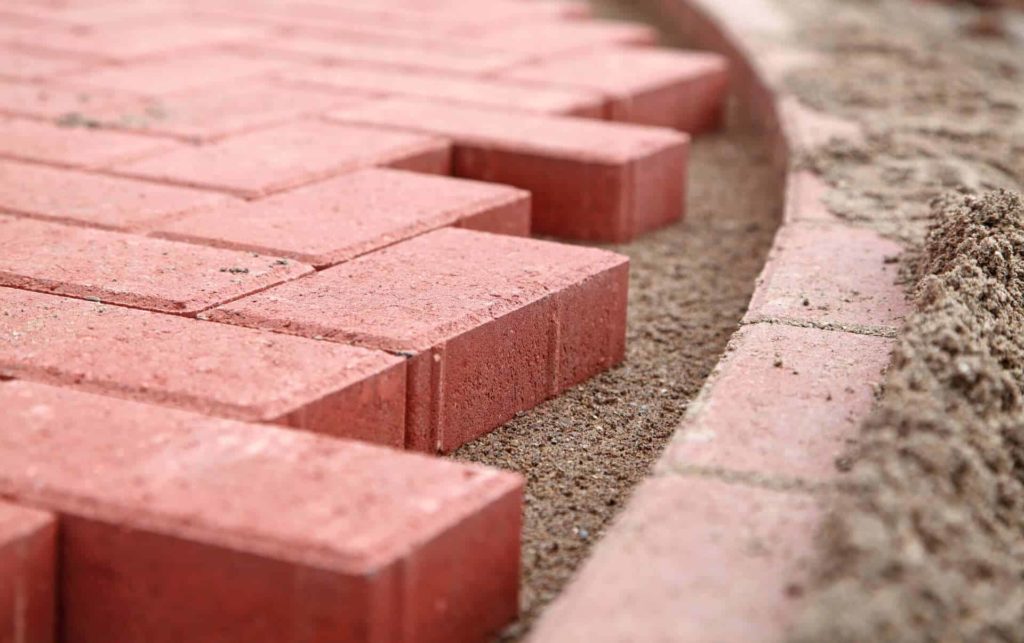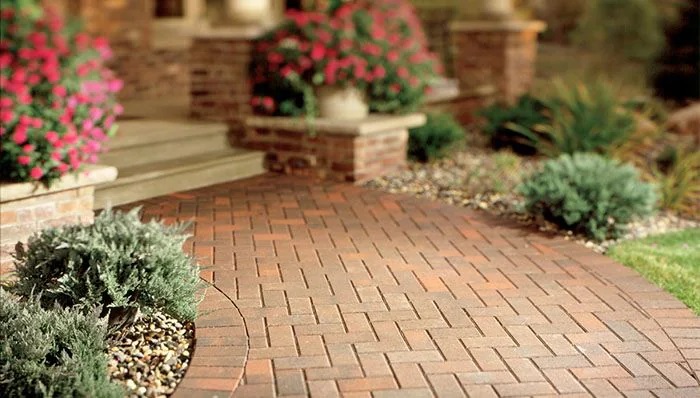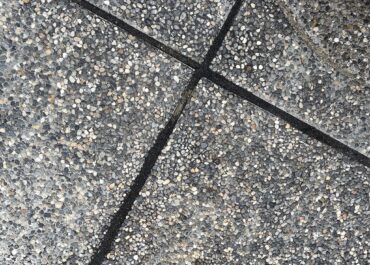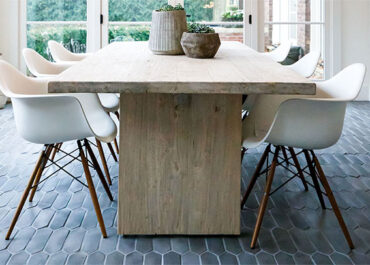
Knowing how many pavers you’re going to need for your project is a crucial step of a paver installation. Sometimes, the amount of pavers you’re going to need directly influences your options. So exactly how many brick pavers there are in a square meter?
Let’s be honest here, people often work on a budget when it comes to hardscape projects. Maybe that one specific paver that you really liked does not have enough area to cover your entire project, and it will end up being too expensive.
What to do then? It is very important to understand your options according to the size and scope of your project. Knowing how many pavers you’re going to need to cover a specific area is fundamental, and your first step towards a successful project.
So let’s present you with a guide on how exactly you should approach the acquisition of pavers, as well as how many brick pavers there are in a square meter.
How Many Pavers in a Square Meter?
As might already imagine, the amount of pavers necessary to cover a 1 square meter area will greatly on depend on exactly want kind of paver you end up choosing.
Pavers vary in area, and therefore vary in how much you’re going to need. The bigger the pavers, the less you’re going to need to cover a 1 square meter area.
Taking a traditional 4″ x 8″ brick paver as an example, you’re going to multiply the width by the length of it, resulting in a 32″ area paver.
1 m² amounts for 1550 in², so if you divide the area of your paver (in our example 32) by 1550, that will tell you the total area of your paver in square meters. Then you simply divide 1 for that value and that will tell you how many you’ll need to cover a 1 m² area.
So, after all the calculations are done, we know we will need 50 brick pavers to cover a 1 m² area.
Calculating How Many Pavers You’ll Need for Your Project
You always want to start by getting two measurements: the total area of your project, and the surface area of the paver you choose.
To calculate the area of a paver, you simply multiply the width by the length of it, as we showed you before.
As an example, let’s say we’re going to use the most common type of brick, the 4″ x 8″ one, to cover a 16′ x 22′ area.
First, we calculate the area of our project: 16′ x 22′ = 352′
To convert from ft² to m², we divide the value in ft² by 11, so: 352′ / 11 = 32 m²
Then we proceed to do the same thing with our pavers: 4″ x 8″ = 32″
Again, dividing this value by 1550 will tell us that our paver has a 0,02 m² area: 32″ / 1550 = 0,02 m²
Now we simply divide the total area of our project by the area of our pavers: 32 / 0,02 = 1600.
So, to cover the entire area of your project, we will need 1600 pavers.
It is always encouraged to add a 5% surplus to the amount of pavers you’re going to need. Again, you don’t want to be left without pavers, so the total amount of pavers we’re going to need for our project is 1680.
Paver per Square Feet Calculator
If you have all the data you need, you can also use this great calculator!
What Pavers to Choose?
So, as you could see, it is fundamental to know the exact measurements of your paver to know how many you’re going to need. But knowing exactly what kind of paver to get is often a big roadblock that many homeowners don’t know how to overcome.
We always recommend starting by answering one simple question: What do you need from your pavers?
The answers to that question can guide towards choosing the perfect paver for your project. Let’s see some examples.
Let’s say we ask this question to a homeowner, and they answer the following:
I want to make a poolside installation. The pavers need to be non-slippery, light in color and easy to maintain, as I don’t have too much time available. The visual is important to me, so they need to be beautiful, and I’m willing to pay more for that.
Based on that statement, we can already direct this homeowner towards either travertine pavers or porcelain pavers.
Both are very quality, top tier choices of material for poolside installations. Travertine is a natural stone perfect to be used as paver for a poolside installation, but it is porous and needs to be sealed and cared for.
Porcelain can perfectly simulate the appearance of natural stone, so it doesn’t get too behind on the looks department. And, since it is non-porous, it does not require sealing, and it is of extremely easy maintenance.
As for the light colors, not a problem, both options can be found in light hues. The homeowner in question now only need to make their choice.
Once the type of paver is chosen, now they can look through all the available sizes, make those calculations, and figure out how many pavers they will need.

Planning is Everything
A paver installation needs to be planned and applied with care. It is an investment, after all, and it has the potential to add value to your house and last for years on end, as long as it is properly cared for.
Finding out how many pavers you’re going to need for each square meter is, of course, very important, but also as important is to use the right type of paver. Don’t take shortcuts on that.
If you don’t feel confident making all those calculations and answering those questions, maybe your best course of action is to hire a professional in the hardscape business around your area to help you.
Professionals can guide you through those questions and help you decide what kind of paver, how much will you need, and even help you with the installation itself.
We here at Eagle Pavers have helped countless homeowners with their paver installation during our 12 years of activity. We know the importance of dedication and planning, so we highly recommend you search for a professional in your area.
And if you happen to be around our area of activity, the Sarasota and Manatee counties, in FL, why not give us a call to help you?
You can contact us right now at +1 941-210-4192 or email us at sales@eaglepavers.us. We would be happy to hear from you and help you with your porcelain paver project.





